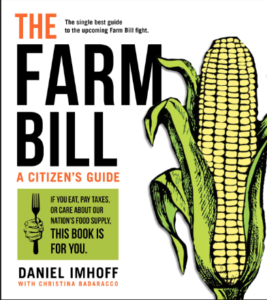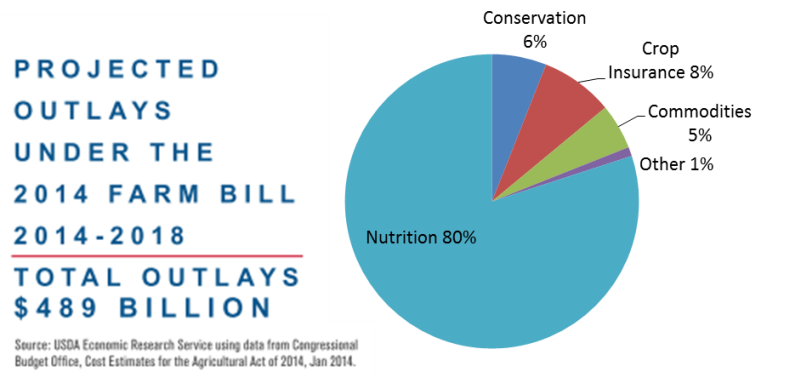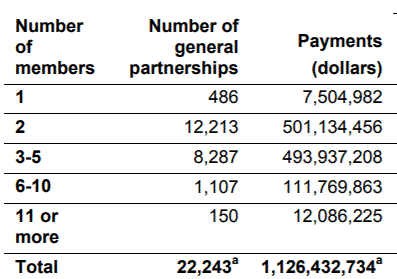How much money is going into agricultural supports?
I’m trying to figure out how much money—over and above what’s appropriated through the farm bill—is going to Big Ag. I wish someone would add it up for me.
Here’s what I know so far:
The USDA has given producers more than $10 billion in Coronavirus assistance. This includes nearly $1 billion to Iowa farmers. Lesser amounts went to producers in Nebraska, California, Texas, Minnesota and Wisconsin. Overall, about half went to livestock producers.
According to the Environmental Working Group,
The largest and wealthiest U.S. farm businesses received the biggest share of almost $33 billion in payments from two subsidy programs – one created by the Trump administration to respond to the president’s trade war and the other by Congress in response to the coronavirus pandemic. The Market Facilitation Program, or MFP, was intended to offset the perceived damage done by the administration’s trade war, which reduced many farmers’ access to lucrative Chinese markets. Payments for the 2018 and 2019 crop years were just over $23 billion – more than $8.5 billion for 2018 and $14.5 billion for 2019.
Chuck Abbott of the Food and Environment Reporting Network (FERN) says:
With its new offer of $14 billion in coronavirus relief, the Trump administration could spend $50 billion — quadruple the cost of the auto industry bailout — in less than three years to buffer the impact of trade war and pandemic on agriculture. Farm groups welcomed the second round of coronavirus assistance while critics said it was “old-fashioned vote-buying” ahead of the Nov. 3 presidential election.
And the largesse does not stop. The House has proposed a $120 billion rescue fund that includes relief programs for livestock and dairy farmers and food processors, such as “$1.25 billion to assist contract growers of poultry and livestock growers who face revenue losses due to reduced placements related to COVID-19”
This money goes to Big Ag—Soybeans, Corn, Meat—mainly in mid-West Trump country.
What about food for people? Well, we have the $4 billion Farmers to Families food boxes, although how much of that goes to farmers as opposed to distributors is unknown.





